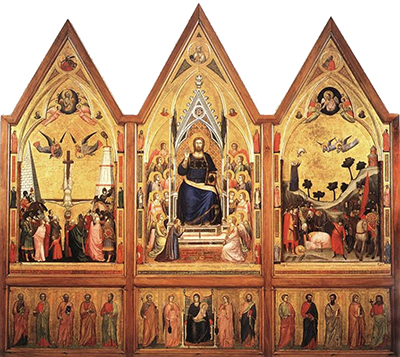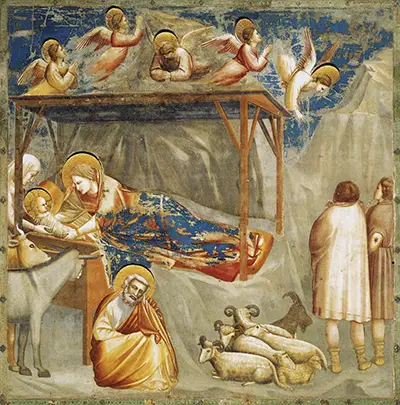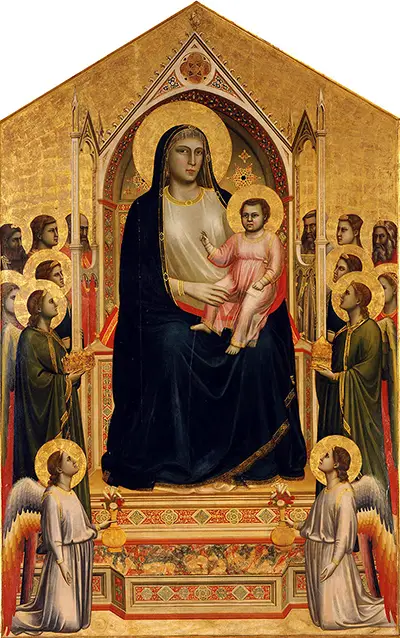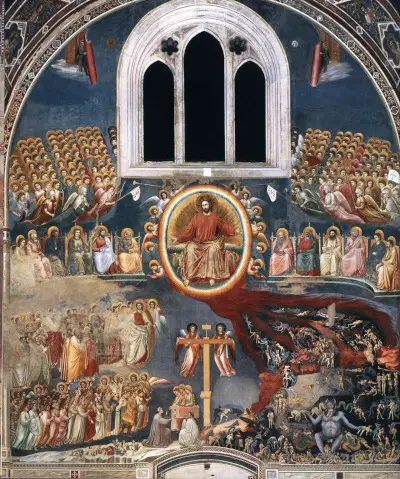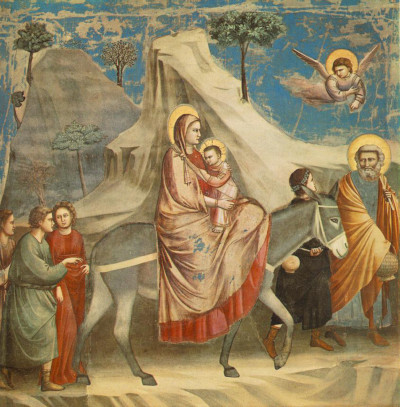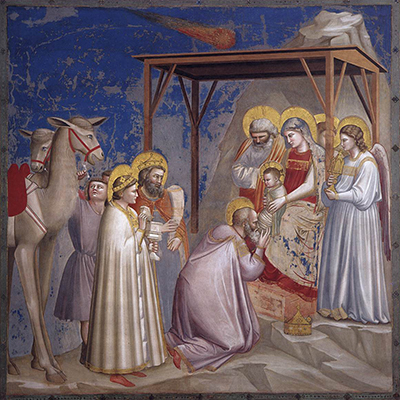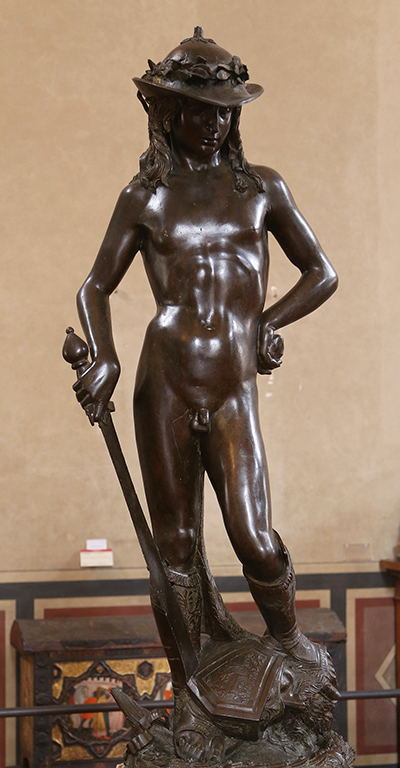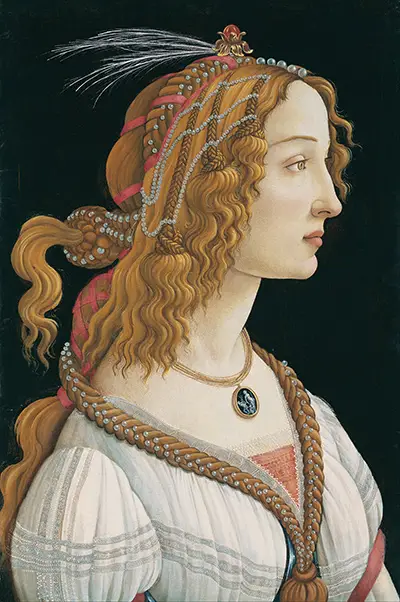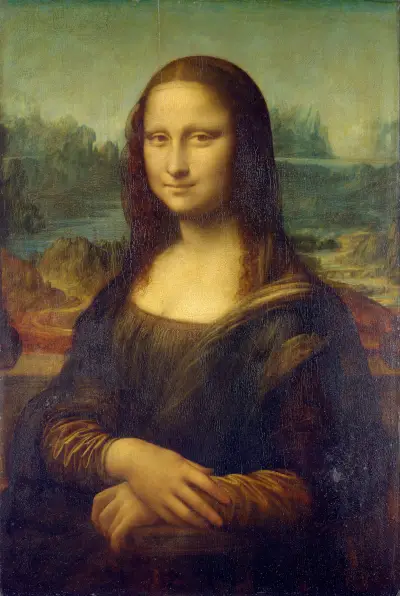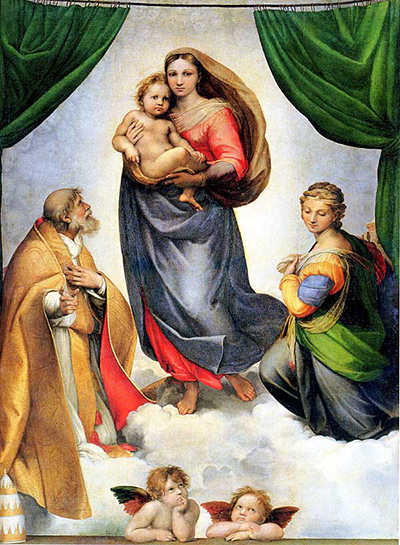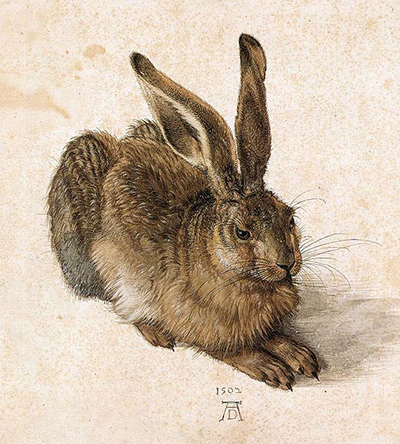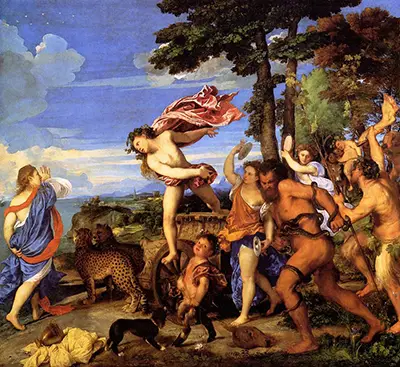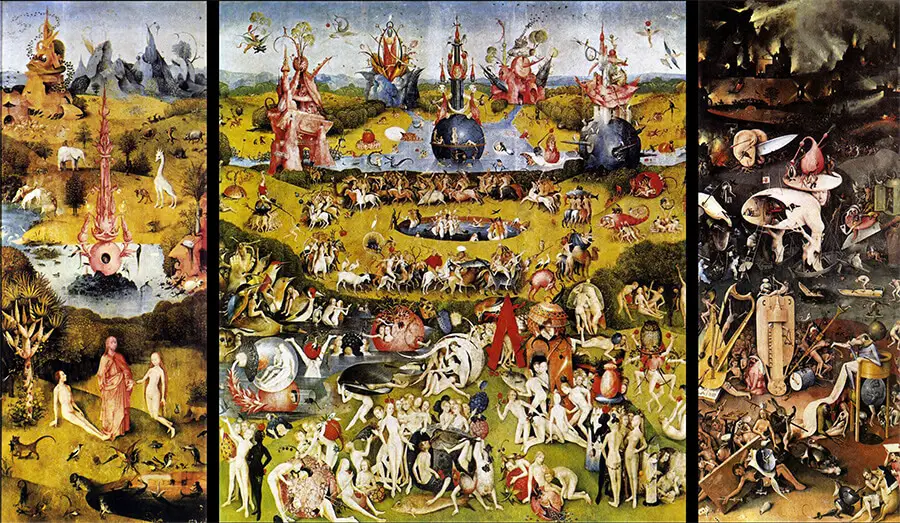Giotto produced twenty five paintings, including St Francis Giving his Mantle to a Poor Man, which were devoted to the life of Saint Francis for the Upper Church, San Francesco, Assisi right at the end of the 13th century.
Cityscape across the background
This particular painting features a stunning display of cityscape architecture across the background, making it a highly significant iteration within the overall series. A hilly landscape is topped off in the top left and top right corners with delightful buildings.
Giotto in most of his work would include single buildings to decorate a scene, but in this case chooses to go for a richer scene, combining advanced perspective techniques with his ability to accurately include architecture within his paintings.
Narrative in the foreground
The desire to illustrate the background so beautifully may have been because the foreground story is relatively simple - St Francis simply stands by a poor man, and offers his mantle, which is an old name for a shawl or cloak which would have been worn during this period.
Purpose of the story
Saint Francis eventually chose to lead a poor life himself, and focus entirely on helping others. The content within this painting therefore gives an example of that, as he gifts his cloak to someone who he believed is more in need than himself.
Those viewing this piece in Assisi would be struck by the generosity of the saint, and perhaps inspired by the content and moral guidance found in St Francis Giving his Mantle to a Poor Man to make similar sacrifices in their own lives. Religious art often attempts to encourage us to lead better lives, by illustrating key stories from scripture.
Visually bringing these tales to life can also help strengthen one’s existing faith, as many prefer to learn through this manner, rather than reading. For this reason, many manuscripts would also feature illustrations on either side of these important passages of text.
Layout
The saint is deliberately placed centrally, with his head surrounded by a halo. This takes our attention immediately, and helps us to identify this figure as the saint himself. The two landscape elements in the background also converge just behind his head, forcing our eyes towards the key figure.
Conclusion
St Francis Giving his Mantle to a Poor Man remains a popular addition to Giotto’s work in Assisi. The two projects, covering walls in the upper and lower church, would fall either side of his work in the Scrovegni Chapel and provided some of the finest work in his oeuvre.
It is interesting to see how St Francis would be treated by Giotto in a similar manner to Christ, Mary and Joachim for the Scrovegni Chapel, marking the significance of the saint at that time. Twenty eight scenes in total were taken from his life, with Giotto producing most of them. The artist would even cover some of these topics again later in his career, as this was not the only time that he worked on scenes related to St Francis.
More Renaissance Artists



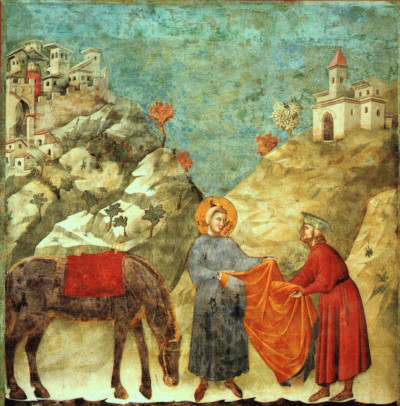
 Giotto.jpg)
 Giotto.jpg)
